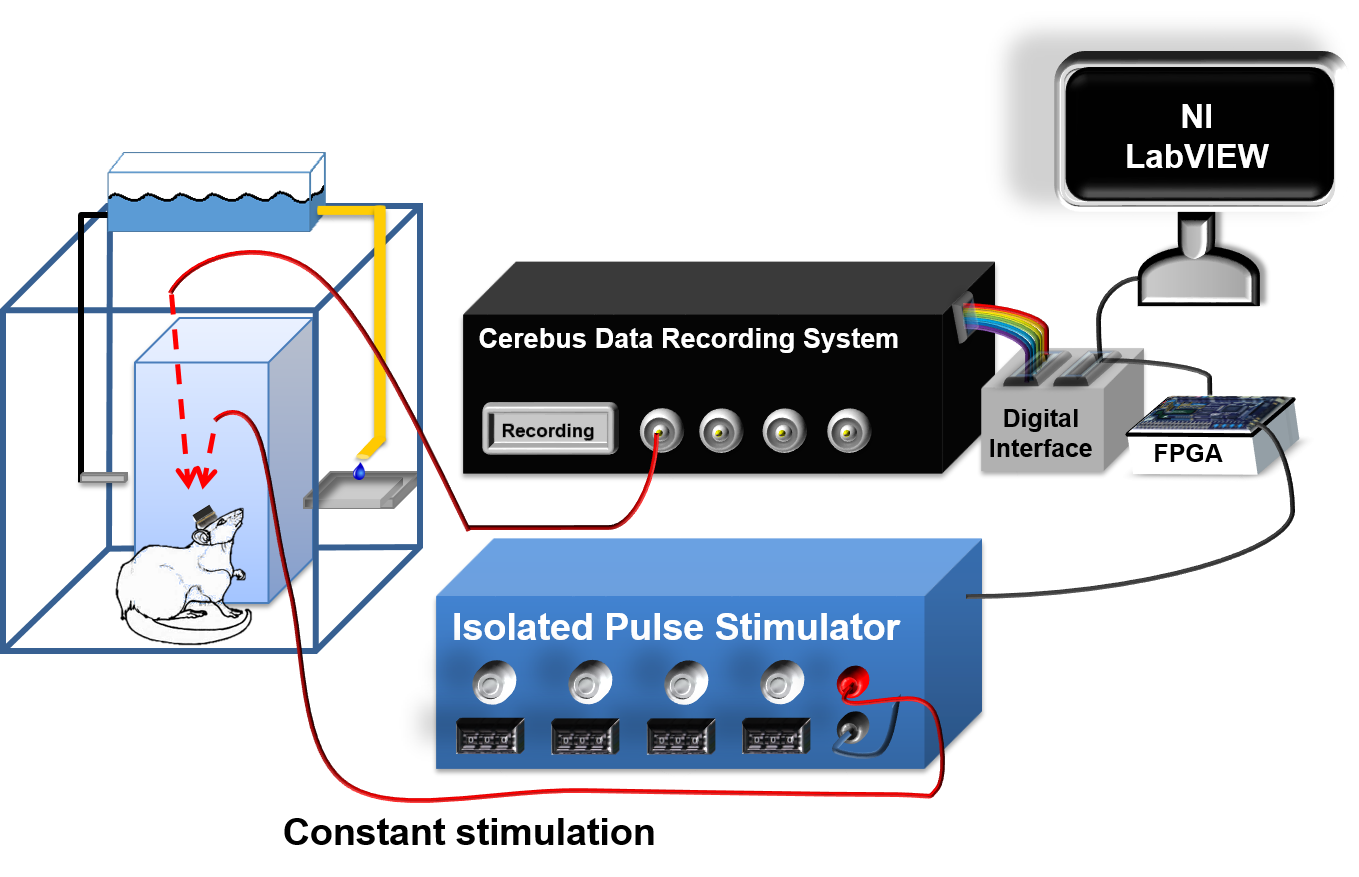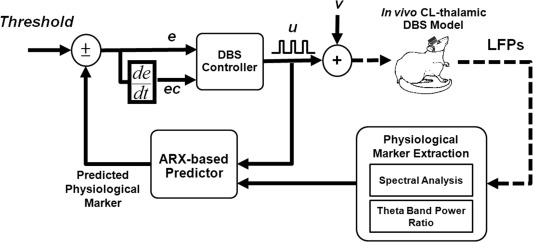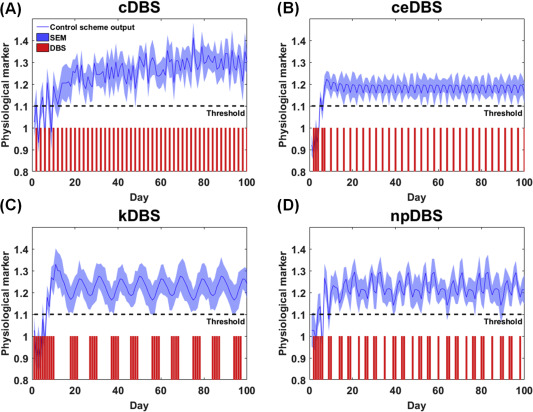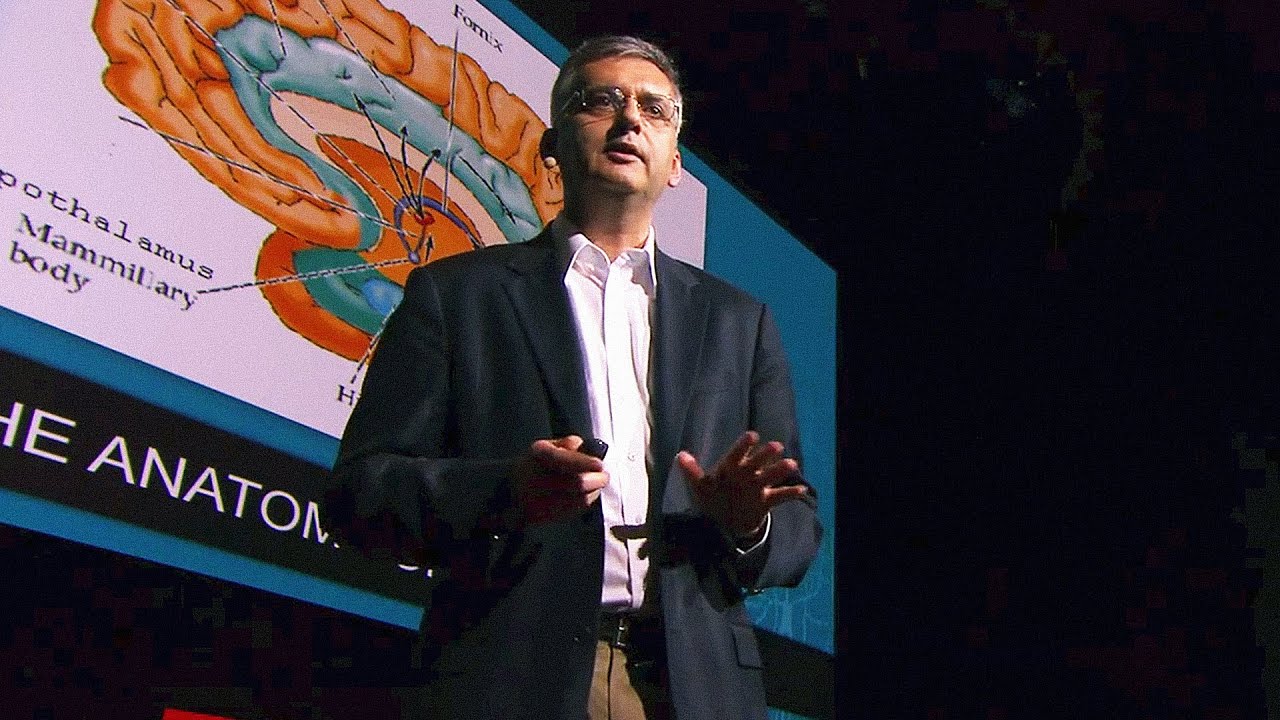Deep Brain Stimulation: A Way to Rebalance Neural Circuits
Deep brain stimulation is becoming very precise. This technique allows surgeons to place electrodes in almost any area of the brain, and turn them up or down — like a radio dial or thermostat — to correct dysfunction. A dramatic look at emerging techniques, in which a woman with Parkinson’s instantly stops shaking and brain areas eroded by Alzheimer’s are brought back to life. Several open-loop DBS control strategies have been developed for clinical experiments, but they are limited by short battery life and inefficient therapy. Therefore, many closed-loop DBS control systems have been designed to tackle these problems by automatically adjusting the stimulation parameters via feedback from neural signals, which has been reported to reduce the power consumption. However, when the association between the biomarkers of the model and stimulation is unclear, it is difficult to develop an optimal control scheme for other DBS applications, i.e., DBS-enhanced instrumental learning. Furthermore, few studies have investigated the effect of closed-loop DBS control for cognition function, such as instrumental skill learning, and have been implemented in simulation environments. In NTK lab, a proof-of-principle design for a closed-loop DBS system is proposed and published on Brain Stimulation (journal).
Wang, Ching-Fu, et al. Brain Stimulation 10.3 (2017): 672-683. developed a closed-loop DBS system, cognitive-enhancing DBS (ceDBS), which enhanced skill learning based on in vivo experimental data. The ceDBS acquired local field potential (LFP) signal from the thalamic central lateral (CL) nuclei of animals through a neural signal processing system. A strong coupling of the theta oscillation (4–7 Hz) and the learning period was found in the water reward-related lever-pressing learning task. Therefore, the theta-band power ratio, which was the averaged theta band to averaged total band (1–55 Hz) power ratio, could be used as a physiological marker for enhancement of instrumental skill learning. The on-line extraction of the theta-band power ratio was implemented on a field-programmable gate array (FPGA). An autoregressive with exogenous inputs (ARX)-based predictor was designed to construct a CL-thalamic DBS model and forecast the future physiological marker according to the past physiological marker and applied DBS. The prediction could further assist the design of a closed-loop DBS controller. A DBS controller based on a fuzzy expert system was devised to automatically control DBS according to the predicted physiological marker via a set of rules. The simulated experimental results demonstrate that the ceDBS based on the closed-loop control architecture not only reduced power consumption using the predictive physiological marker, but also achieved a desired level of physiological marker through the DBS controller.

Fig2. The architecture of the proof-of-principle ceDBS and the corresponding setting of the experimental environment for water reward-related lever-pressing learning task.

Fig3. Block diagram of the ceDBS.

Fig4. Performance comparison of various closed-loop DBS control schemes.
Designed by: NTK Lab © Copyright 2020. All Rights Reserved.

